With the arrival of electricity way back in the 1800s, it wasn’t long until this form of energy would be readily harnessed to light up homes throughout the world. One of the first by-products of electricity was the humble light bulb – an invention that revolutionised the way we see different spaces.
Nowadays, light bulbs are an essential feature of every home and have transformed the way houses are designed. Whether a bulb needs replacing or it’s time for fixtures to be updated, there are many types of light globes to choose from. Rather than sitting in the dark, we’ve amassed a guide that’ll brighten your knowledge on light bulbs.
What is a Light Bulb?
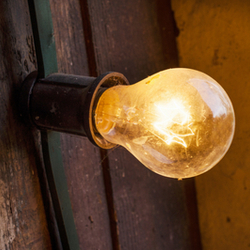
A light bulb is an electrical instrument that transfers light across dark spaces. Light bulbs are an essential component of a permanent or temporary fixture, such as a lamp, ceiling fitting or torch, and are usually switched on at night or in areas where the lighting is minimal. Most light bulbs are replaceable and will vary in energy output known as lumens or wattage, as well as size, shape, style and price.
Types of Light Bulbs
There are four main types of light globes commonly found in Australian homes, all of which vary significantly. Each light bulb has its own strengths and weaknesses, but suitability will depend on individual circumstances. Choosing the right light bulb can be surprisingly complicated, especially as there are so many features to think about, like energy efficiency, environmental sustainability and price.
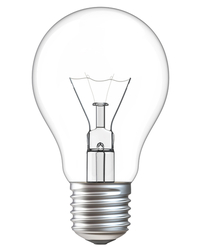
Incandescent Light Bulb
Incandescent light bulbs are generally cheap to purchase yet expensive to run, generally offering a low level of brightness. Best suited for smaller rooms, incandescent bulbs have a shorter lifespan of approximately 1,000 to 1,500 hours and are less efficient than other bulbs. In Australia, incandescent lights have gradually been phased out of production to make way for better cost-effective options.
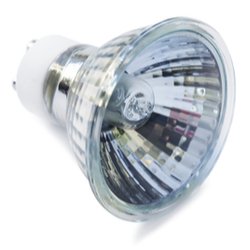
Halogen Light Bulb
Halogen light bulbs are normally found in directional or downlights, particularly in outdoor spaces or ceilings. Halogen lamps have been criticized for using up to four times as much energy as LED globes and are set to be removed from Aussie shelves from September 2020. Although halogen lamps are cheap to buy upfront, these bulbs will cost more to run in the long term.
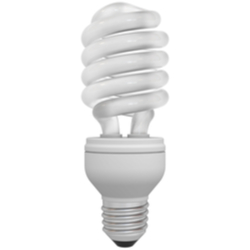
Compact Fluorescent Lamp
Otherwise known as CFLs, a compact fluorescent lamp is a bulb commonly found in workplaces, but also around the home. In contrast to an incandescent or halogen bulb, compact fluorescent lamps last between four and 10 times longer, and only use about 20 per cent of energy to produce the same amount of light.
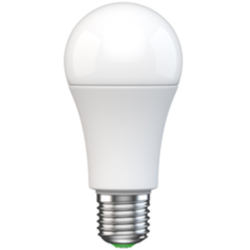
LED Light Bulb
LED stands for light emitting diode, and is one of the most energy efficient lighting technology on the market. LED globes generally cost more to purchase upfront, but use less energy and produce greater lighting than CFLs, halogen and incandescent bulbs. Some LED products offer smarter lighting capabilities, such as having remote access to lighting and being able to dim lights.
Light Bulb Types Chart
Here is a snapshot of the most common types of light bulbs available to buy in Australia. Keep in mind there are numerous variations of these types of globes, which we’ll go into further detail below.
Other Light Bulb Specs
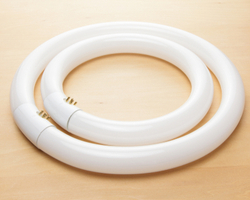
With so many options of lighting fixtures these days, bulbs come in all different shapes, sizes and styles. This includes globes that are circular, linear or angled to fit a specific fixture, and can often be customised for retro, vintage or chandelier lighting. Some LED light bulbs can even be remotely controlled using an app, as well as changing the colour scheme or dimming the lighting ambient temperature.
Light Bulb Base Types
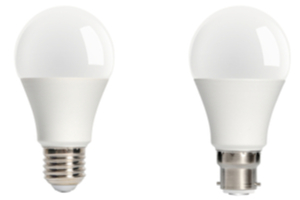
Whether it’s a halogen lamp or LED bulb, chances are it’ll have one of the following bases or caps. The base is the bottom part of the globe which connects the bulb to the light, either by plugging in or screwing into a fitting or socket. Here are the three most common light globe bases:
- Bayonet: Fits into socket with a twist lock
- Screw: Fits into socket by twisting clockwise
- Bi-pin: Similar to the bayonet cap, a pin or bi-pin clicks into socket with a twist lock
If you’re unsure about which type of bulb base a light requires, check the existing globe when replacing. Read more about how to change a light bulb here.
What is the longest lasting light bulb?
LEDs generally have the longest lifespan of all light bulbs, offering around 15,000 to 30,000 hours of light. Given the higher efficiency of LED bulbs, most households will benefit from switching to LED technology, however it will depend on the lighting fixture, as LED may not be compatible. Keep in mind that longer lasting light bulbs will attract a higher upfront cost, but will usually pay off over time due to its lower energy consumption and time between replacement.
Want to know more about the running costs of light bulbs? See which bulbs are cheapest in Canstar Blue’s comprehensive home lighting cost guide.
Which light bulb should I choose?
Choosing a suitable light bulb for your home depends on a variety of factors, like positioning, shape, size, style, energy efficiency and its impact on the environment. From downlights to spotlights and rustic globes to vintage lamps, finding the right bulb isn’t as black and white as it once used to be. With so many options to choose from, a bit of knowledge and research will go a long way when settling on a particular light bulb.
Image credits: Olga_Shu/Shutterstock.com, ischte/Shutterstock.com, haru/Shutterstock.com, HelloRF Zcool/Shutterstock.com, MPanchenko/Shutterstock.com


Share this article